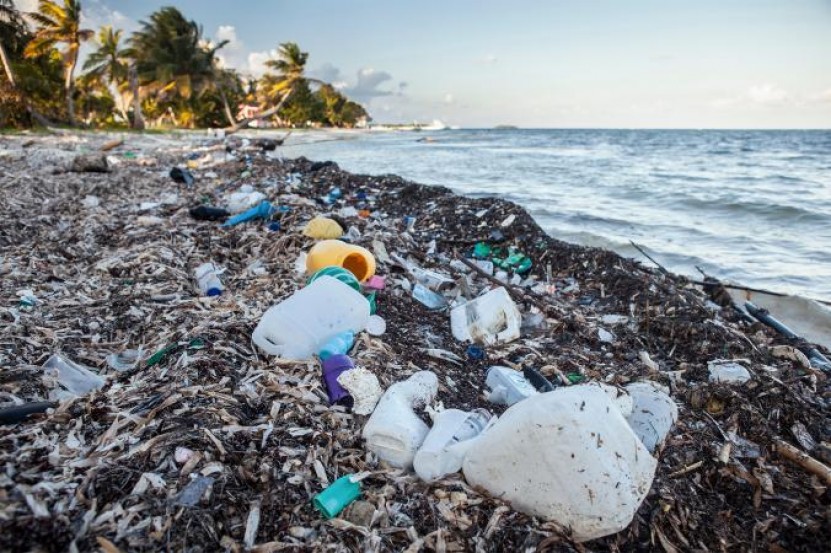Ocean Trash: 5.25 Trillion Pieces and Counting, but Big Questions Remain

The numbers are staggering: There are 5.25 trillion pieces of plastic debris in the ocean. Of that mass, 269,000 tons float on the surface, while some four billion plastic microfibers per square kilometer litter the deep sea.
Scientists call these statistics the "wow factor" of ocean trash. The tallies, published last year in three separate scientific papers, are useful in red-flagging the scope of the problem for the public. But beyond the shock value, just how does adding up those rice-size fragments of plastic help solve the problem?
Although scientists have known for decades about the accumulating mass of ocean debris and its deadly consequences for seabirds, fish, and marine animals, the science of sea trash is young and full of as-yet unsolved mysteries. Almost nothing was known about the amount of plastic in remote regions of the Southern Hemisphere, for example, until last year because few had ever traveled there to collect samples.
Until scientists learn more about where ocean trash is, how densely plastic accumulates in different ocean ecosystems, and how it degrades, they can't really calculate the damage it's causing. There are still big, basic questions: As it degrades, do plastic toxins seep into the marine environment? If so, how and in what amounts?Ocean trash is counted in three ways: through beach surveys, computer models based on samples collected at sea, and estimates of the amount of trash entering the oceans.
The most recent counts involved computer modeling based on samples taken at sea. The models may not account for all of the trash, scientists say; nonetheless, the new numbers are helping address some of the questions.
The process of collecting and counting is meticulous, time-consuming work. It took Marcus Eriksen, co-founder of the 5 Gyres Institute, a nonprofit ocean advocacy group, more than four years, using samples gathered from 24 survey trips, to come up with his estimate that 5.25 trillion pieces of debris float on the surface.
In the course of his expeditions, Eriksen collected everything from plastic candy wrappers to giant balls of fish netting. One massive ball of netting, found midway across the Pacific, contained 89 different kinds of net and line, all wrapped around a tiny, two-inch-high teddy bear wearing a sorcerer's cap at the center.
He says his research has helped fill in the outlines of the life cycle of ocean plastic. It tends to collect in the world's five large gyres, which are large systems of spiraling currents. Then, as the plastic degrades into fragments, it falls into deeper water, where currents carry it to remote parts of the globe.
Read more here



